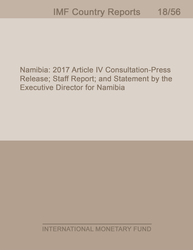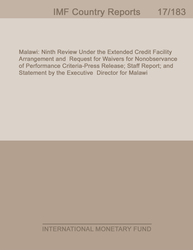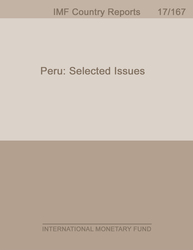
Namibia
2017 Article IV Consultation-Press Release; Staff Report; and Statement by the Executive Director for Namibia
Context. Namibia has experienced a period of exceptional growth and economic stability, but faces significant policy challenges and structural issues. Strong growth was partly attributable to temporary factors that have come to an end. Public debt is rising and reserve coverage is below adequate levels. Financial institutions’ interconnections and exposures, and elevated private sector indebtedness pose macro-financial risks. Structural impediments have contributed to keep unemployment and income inequality unacceptably high.
Outlook and challenges. With temporary expansionary factors ending, growth contracted in 2017 and is expected to resume in 2018. Downside risks weigh on the outlook, and emanate from possible fiscal slippages that could undermine policy credibility; lower demand for key exports; and declines in SACU revenue. The impact of shocks could be amplified by macro-financial linkages. Namibia’s key policy challenges are to manage the ongoing adjustment process and bring public debt on a sustainable path, address macro-financial risks and financial sector vulnerabilities, and generate sufficient jobs to manage upcoming demographic changes and reduce income inequality.
Publication date: February 2018
ISBN: 9781484344071
$18.00
Add to Cart by clicking price of the language and format you'd like to purchase
Available Languages and Formats
| English |
Prices in red indicate formats that are not yet available but are forthcoming.
Topics covered in this book
This title contains information about the following subjects.
Click on a subject if you would like to see other titles with the same subjects.
Also of interest
Summary
Copyright © 2010 - 2024
Powered by:
AIDC



